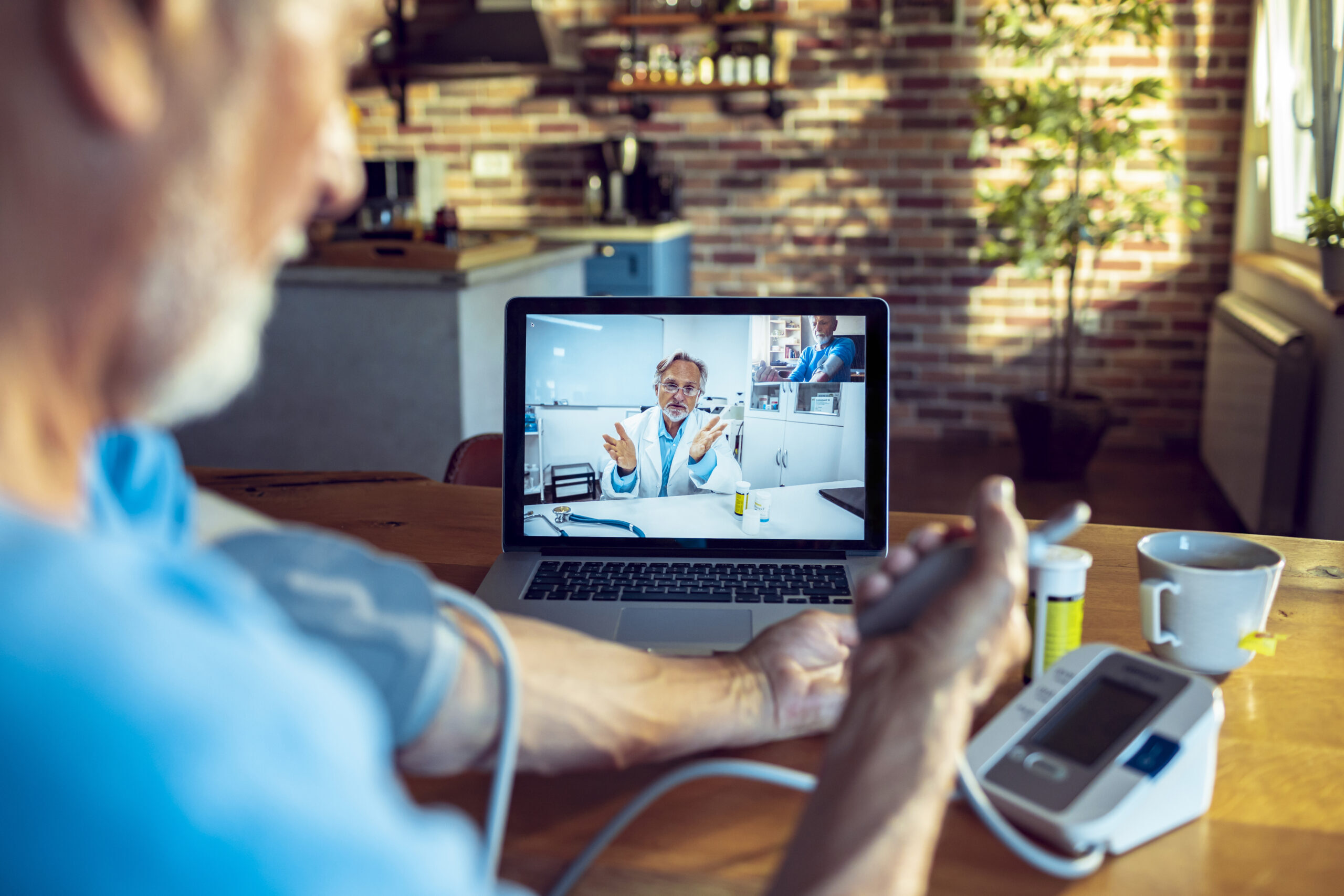Telehealth Supports Access to Care for Rural & Underserved Patients
Patient Access to Virtual Care at Risk if Congress Fails to Enact Permanent Protections Before End of Year Flexibility Expiration
Tuesday’s U.S. House Ways and Means Committee hearing, Enhancing Access to Care at Home in Rural and Underserved Communities, is a great opportunity for lawmakers to emphasize the critical value of telehealth for rural and underserved communities, and to add to the bipartisan momentum for solutions to avert the looming telehealth cliff and permanently protect access to virtual care.
Telehealth helps expand access to care for rural and underserved patients by reducing barriers to care and inequities. For many patients, their zip code can impact the quality of and access to care. However, telehealth restrictions lifted under the Public Health Emergency (PHE) showcased the immense benefits of expanded access to virtual care. This increased access has proven beneficial for patients nationwide, whether saving time, money, and gas traveling to in-person visits, increased access to specialists, or more convenient care for patients with chronic conditions.
In rural communities, for instance, virtual care can significantly benefit patients with chronic conditions or others requiring frequent provider visits. For cardiac patients, telehealth can be just as effective as traditional in-person rehab, allowing rural patients to receive care from the comfort of their own homes.
Virtual care also benefits patients through increased autism and mental health disorder diagnoses and by providing women’s preventative health treatment that is comparable to in-person care, specialty areas of care that rural communities may not have immediate access to. Providers in rural areas also rely on telehealth, with over 30 percent of rural health care centers using telehealth when administering patient care as of 2020.
Virtual care has also increased access to care for traditionally underserved groups, including low-income minority patients. According to research from the University of Pennsylvania, telehealth utilization increased Black patients’ visit completion rates to 70 percent in June 2020, up from 52 percent in January 2020.
Another study found telehealth utilization can act as a bridge for traditionally underserved groups, including Latinx/Hispanic and lower-income patients, to increase access to much-needed care. For example, 98 percent of the Latinx/Hispanic patients who received behavioral health care during the first year of the pandemic received treatment via telehealth.
This increased access to care for rural and underserved communities is at risk if Congress fails to enact permanent telehealth protections without unnecessary restrictions before flexibilities expire at the end of this year.
Learn more about how Congress can act to permanently protect patients’ access to telehealth HERE.
ABOUT TELEHEALTH ACCESS FOR AMERICA
Telehealth Access for America (TAFA) is a public education campaign supported by leaders in health care committed to better care, expanded patient choice, and protecting access to critical telehealth services. Learn more and take action today at www.telehealthaccessforamerica.org.

